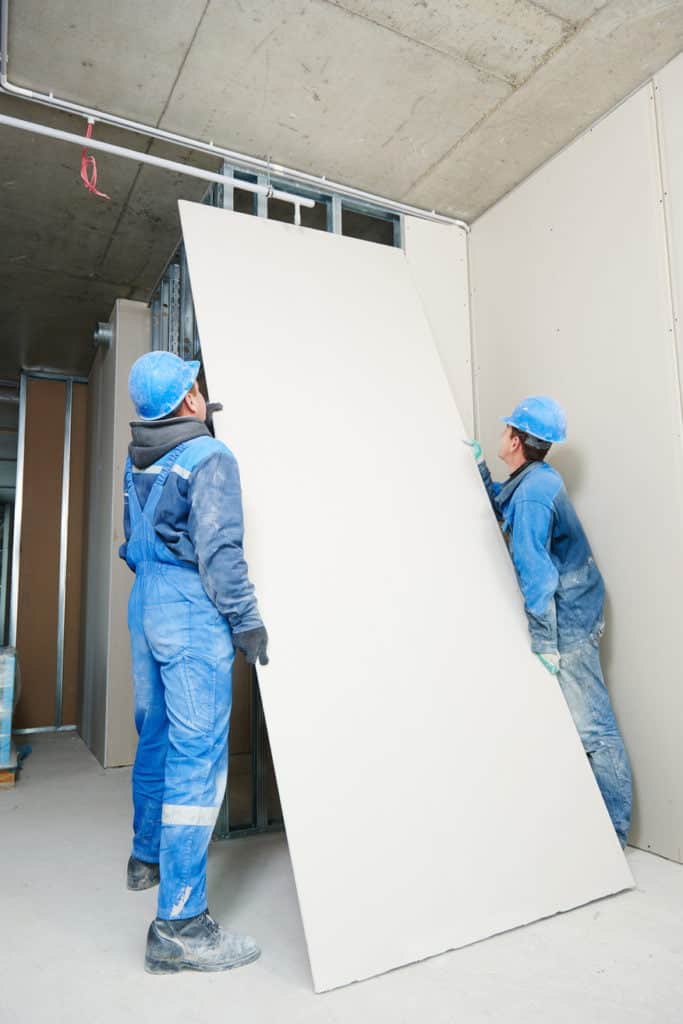A GIB board (GIB stands for gypsum impact-resistant board) is drywall designed to resist impact and damage. It is made of a gypsum core that is surrounded by fiberglass matting. This combination makes it much more robust than regular drywall and less susceptible to damage from dents, dings, and holes. GIB board is often used in commercial builds with a higher risk of impact damage, but it can also be used in residential settings.

Advantages of GIB Board
There are many advantages to using a GIB board in your construction project:
- It is much stronger than regular drywall so that it can stand up to more wear and tear. This makes it ideal for high-traffic areas or areas with a risk of impact damage.
- GIB board is fire-resistant and mold-resistant, so it can help keep your home or office safe in the event of a fire or flooding.
- GIB board is easy to install and finish, so you can get your project done quickly and easily.
Disadvantages of GIB Board
There are also some disadvantages to using GIB board. First, it is more expensive than regular drywall, so you will need to budget for that extra cost. Second, GIB board is heavier than regular drywall, so you must ensure that your framing can support the excess weight. Finally, GIB board can be challenging to find in some areas, so you may need to order it from a supplier.
GIB board is a type of drywall designed to resist impact and damage. It is made of a gypsum core that is surrounded by fiberglass matting. This combination makes it much more substantial than regular drywall and less susceptible to damage from dents, dings, and holes. While GIB board is more expensive than regular drywall, it has many advantages that make it worth the extra cost.